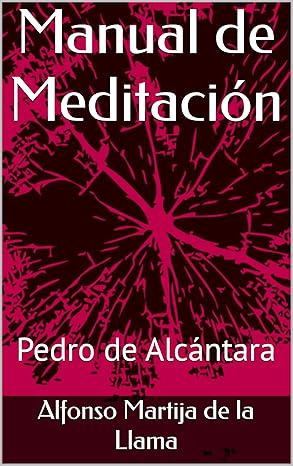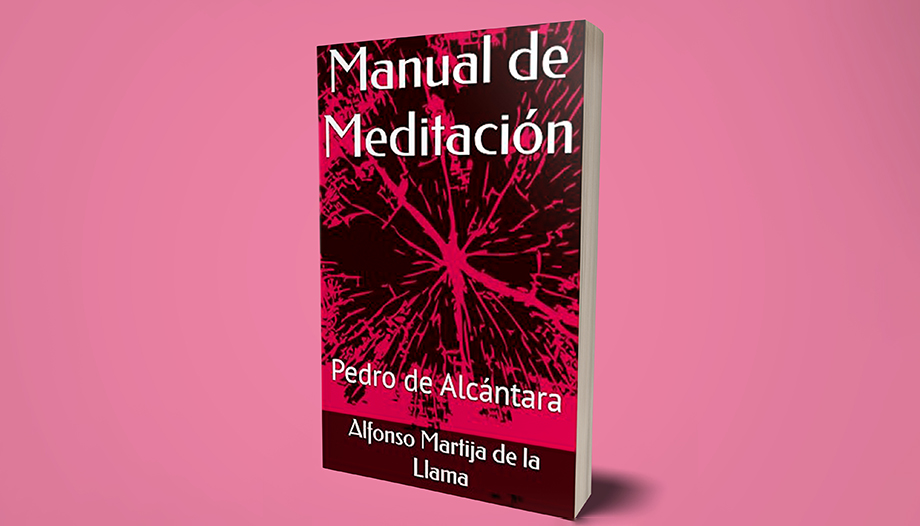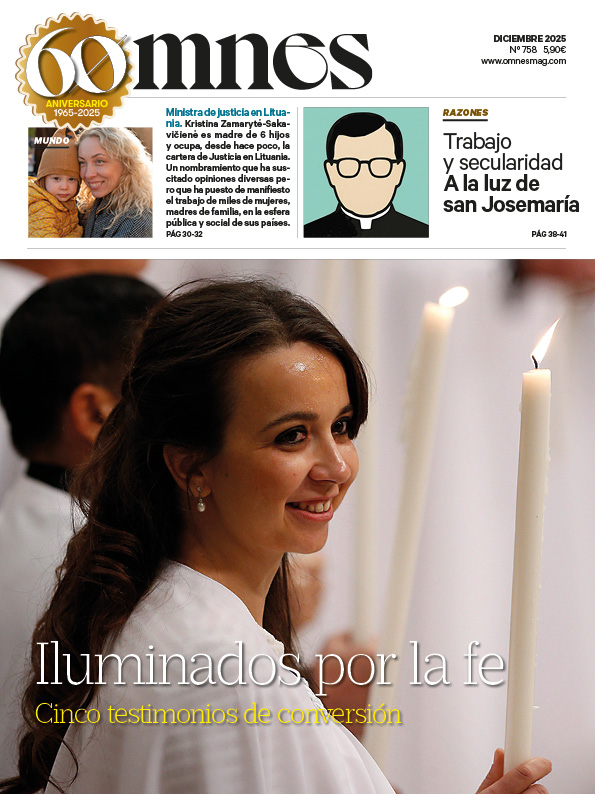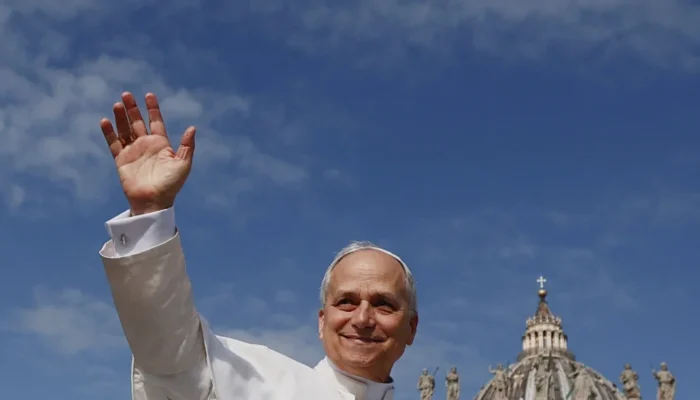Mental prayer often lacks a clear methodology, as many books merely provide ideas and theory. St. Peter of Alcantara's Meditation Manual offers the concrete discipline that is lacking: a rigorous guide detailing the process for initiating and sustaining devotion. It is an essential resource for those seeking practical instruction in their spiritual life.
1. It is a firm handhold for the one who sets out to learn to pray.
When we buy a cell phone, a television or a computer, we simply turn it on and use it without ever consulting the manual. This same attitude, that of ignoring the instructions, is what many adopt when approaching mental prayer. For this reason the manual of St. Peter of Alcantara is useful to have a good instruction manual, because it describes step by step the exercise of prayer. Not an easy task; many books provide fuel for mental prayer, this one details how to light and dose that fire.
2. Your message is current.
Six centuries are a long time, we live in a different society, but human nature is the same. This manual rescues the saint's wise advice about meditation, adapting its language to modern Spanish so that today's young people can put it into practice. Alcántara, in simple pages, explains the benefits obtained from this exercise so that we can give ourselves to it with joy.
3. It has a lot to contribute to the one that has been in this exercise for years.
Experience teaches that the person who makes an effort to pray ends up acquiring the desire to please and love God. It advises, first of all, to dispose the heart, as one who tunes an instrument preparing it to play the melody well.
4. A simple and luminous book.
The saint considers important the distinction between meditation and contemplation. The former is a stepping stone leading to the latter. "The office of meditation consists in considering divine things with attention, reflecting on them, moving the heart to spiritual sentiments. It is something similar to what we do with flint: we strike it to draw out the spark that will start the fire. After meditation comes contemplation. The soul remains in peace, in silence, enjoying the feeling received".
5. Explain how to overcome the difficulties we encounter when praying.
"I don't know what to say, I'm bored, I'm lazy..." The greatest obstacle is the lack of devotion that the one who prays often experiences. Because, when you find it, praying becomes easy and sweet. The saint details the most frequent temptations faced by those who have decided to pray daily, and the way to overcome them. He gives many useful tips for this exercise.
6. With great simplicity, he emphasizes the importance of union with God.
"Devotion is a very special grace, a heavenly dew that brings relief and freshness to the soul. The Holy Spirit visits the person who strives to pray, makes him light and joyful to do good, fills his heart with good desires. He enkindles him in divine love, dissipates his lukewarmness, extinguishes his evil desires, strengthens his will. He who tries it, wants nothing else".
The author of the article has published an adaptation of the Meditation Manual to make it more accessible to today's readers.








